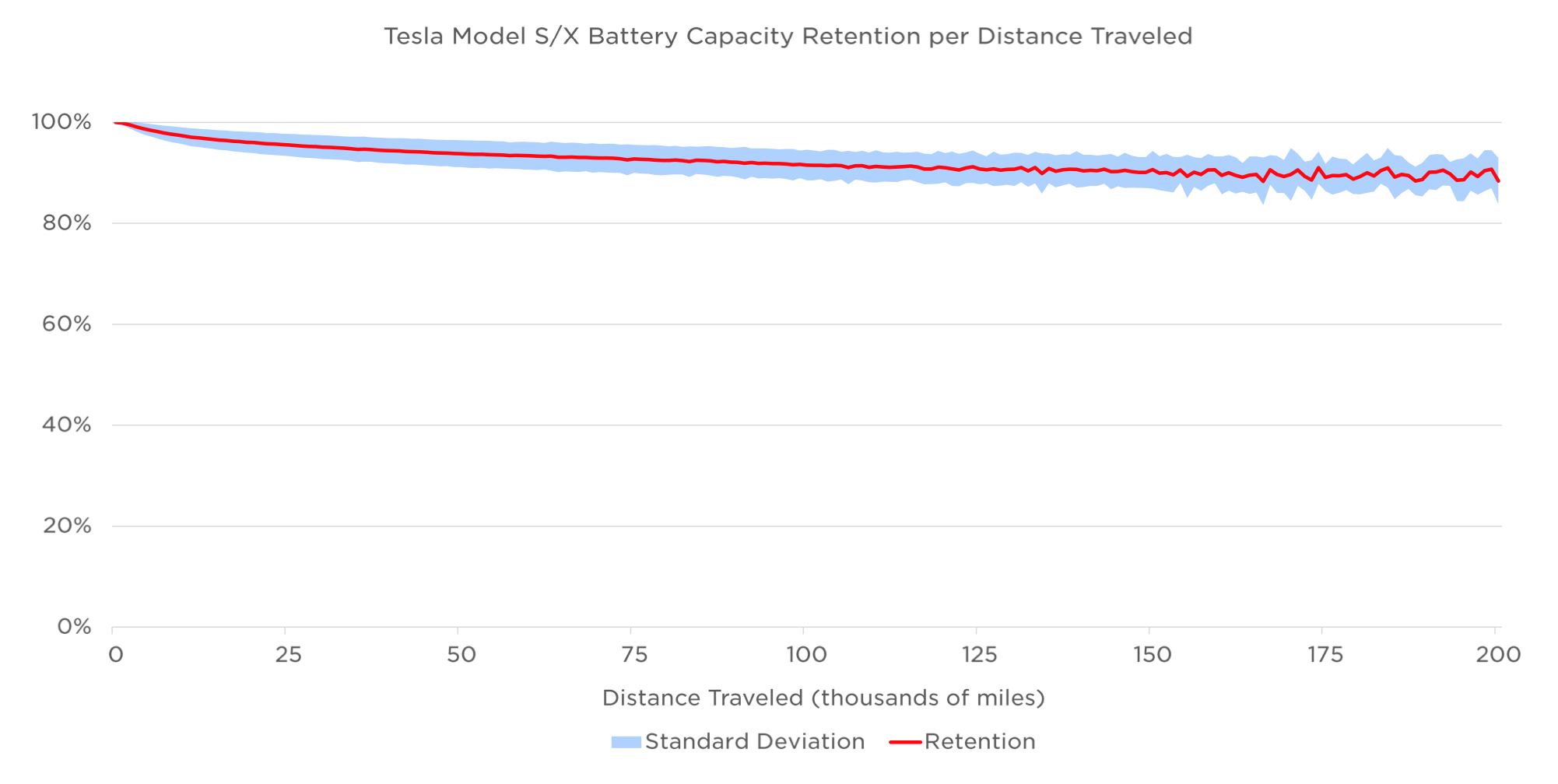jgrgnt
Member
2017 X90D with 60,000 miles. 7% degradation according to the A Better Route Planner (ABRP) app.
You can install our site as a web app on your iOS device by utilizing the Add to Home Screen feature in Safari. Please see this thread for more details on this.
Note: This feature may not be available in some browsers.
Wait I thought *you* tell the *app* what your degradation is, not the other way around. How is ABRP determining this?2017 X90D with 60,000 miles. 7% degradation according to the A Better Route Planner (ABRP) app.
The feature arrived in a recent update. You can still enter it manually, but there’s now a toggle to pull that data directly from the car.Wait I thought *you* tell the *app* what your degradation is, not the other way around. How is ABRP determining this?
Wow man, your 90 is my 100. Maybe this is obvious, but are you really charging the car to 90% and the battery says 227 miles? Or are you extrapolating to what a 100% charge would be? If 90 really is 227 and 100 would be 252, then that seems like hardly any degradation at all in four years. That would be pretty sweet!2017 90D, 32k miles. 227 or 228 rated miles at 90%, and it's been one of those two since 25k miles, which was the last time I saw 229 rated miles at 90%.
Performance. That bigger motor eats watts for breakfast.Wow man, your 90 is my 100. Maybe this is obvious, but are you really charging the car to 90% and the battery says 227 miles? Or are you extrapolating to what a 100% charge would be? If 90 really is 227 and 100 would be 252, then that seems like hardly any degradation at all in four years. That would be pretty sweet!


 maartensteinbuch.com
maartensteinbuch.com
Indeed if you have a Performance you can't directly compare, as the large rear motor is quite a bit less efficient than the small rear motor. It's the price you pay for that quicker 0-60.Wow man, your 90 is my 100. Maybe this is obvious, but are you really charging the car to 90% and the battery says 227 miles? Or are you extrapolating to what a 100% charge would be? If 90 really is 227 and 100 would be 252, then that seems like hardly any degradation at all in four years. That would be pretty sweet!

Rated miles will read differently on the P and the non-P vehicles [snip]

 electrek.co
electrek.co


